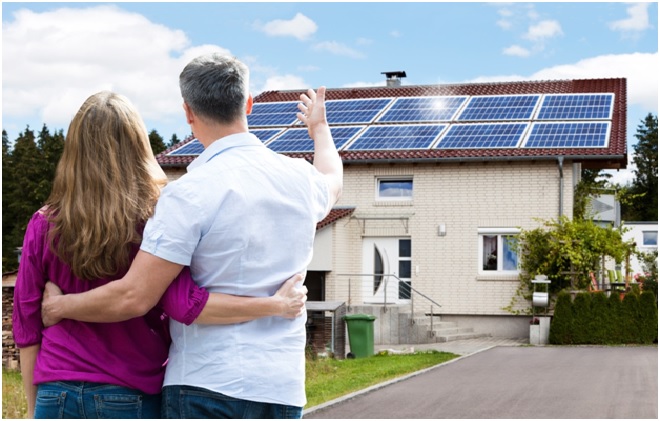

Solar energy has experienced a yearly growth rate of 42% over the last decade. This has resulted in enough solar power generated to power 18.6 million homes.
If you are ready to switch to solar, your first step will be to contact different solar companies for a quote. When comparing costs, consider the type of solar panels they intend to use.
This guide will help you get started by explaining the different types of solar panels and why you may want them.
Contents
when people talk about solar pros and cons, they tend to lump them together in one category. But what you will find is that the pros and cons can vary slightly with the three main solar panel options. There are three subcategories to solar panels.
There are also several lesser-known developing technologies. These are solar solutions that are similar to solar panels but use more innovative technology.
The best solar panels for your home will depend on your budget, roof space, amount of sunlight experienced, and desired energy production. Since this can become a technical consideration, it’s best to speak with a professional. They can guide you towards the best option for your home.
This type of solar panel improved the polycrystalline design with a pure silicone construction. This enables them to have a higher efficiency rate. As a result, you’ll need fewer panels to produce the same amount of energy.
The downside of this panel type is that they are more expensive. However, the larger investment comes with a longer useful life and warranty.
This type of solar panel has a crystalline cell construction. A standard residential roof system could have up to 40 cells. This type of solar panel was the first developed.
The panels use melted silicone poured into a mold. The process is cost-efficient and effective. The drawback is that this type of panel isn’t as efficient or heat tolerant as monocrystalline panels.
This is the newest type of solar panel and least common for residential use. Unlike the previous two types, its construction consists of multiple thin layers of copper indium gallium selenide, cadmium telluride, and silicone.
These panels require a lot more space on your roof and aren’t as efficient as the other two options. They also tend to degrade more quickly, so they have shorter warranty offers.
Their advantage is that they are the most affordable and flexible. They can also come in the form of shingles for full roof integration.
If you’re thinking about buying solar panels, then the first step is understanding the different types of solar panels. Then you can compare their pros and cons while keeping your needs and budget in mind. You can choose the best solar panel type and system for your home, budget, and energy needs.
Check out our other technology articles for more information about innovative developments and home improvement.
The year 2020 and the pandemic threw a wrench into everyone's plans. Companies that were…
AI is successful in boosting the productivity of organizations while helping them save cost and…
Suppose you battle back discomfort or other associated ailments due to sitting for lengthy periods…
In November 2023, investor Maksym Krippa acquired the Parus Business Center, redefining the commercial real…
Programmers create computer programs, mobile solutions and also analyse the needs of their clients and…
A trip to Santiago is sure to be memorable by default as simply seeing this…